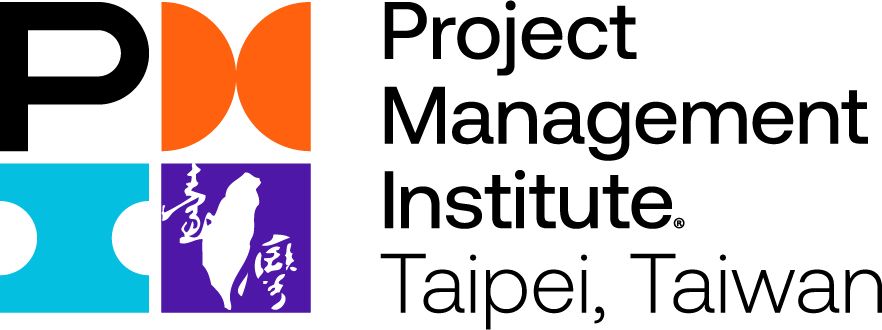賈淑麗
Ms. Shu-Li Chia
衛福部國民健康署
副署長
Deputy Director General,
Health Promotion Administration,
Ministry of Health and Welfare,
Taiwan, R. O. C.
【簡歷 Bio】
國民健康署慢性疾病防治組組長
Division Director, Aging and Chronic Control Division, Health Promotion Administration, Ministry of Health and Welfare
新北市政府衛生局科長
Section Chief, Department of Health, New Taipei City Government
天主教耕莘醫院副主任
Associate Director, Cardinal Tien Hospital
天主輔仁大學兼任講師
Adjunct Lecturer, Fu Jen Catholic University
國立健康大學社區護理護理長及兼任講師
Adjunct Lecturer and Head Nurse, National Taipei University of Nursing and Health Sciences
國立陽明交通大學傑出校友
Distinguished Alumni of National Yang Ming Chiao Tung University
【演講題目 Speech Topic】
健康創新 創新健康
Health Innovations for Innovative Health
【演講大綱 Speech Abstract】
根據WHO資料非傳染性疾病(Noncommunicable diseases ;NCDs)每年造成4100萬人死亡,相當于全球所有死亡人數的74%。主要非傳染性疾病死亡人數中,心血管疾病占比最大,其次是癌症、慢性呼吸道疾病和糖尿病(包括糖尿病引起的腎臟疾病)。這四種疾病的共同危險因子包括,菸草使用、缺乏身體活動、有害使用酒精和不健康飲食。在台灣依據衛生福利部111年國人十大死因統計結果顯示,與慢性疾病有關的死因占了約六成以上,其中癌症佔有24.9%、心臟疾病及腦血管疾病共佔17.3%、糖尿病(含腎臟病)8.7%、慢性呼吸道疾病3%。隨著快速的城市化、不健康生活方式的全球化和人口老齡化,加速非傳染性疾病的蔓延及影響,聯合國大會2015年通過2030發展議程”改變我們的世界(Transforming our world)”,宣布17項可持續發展目標(SDGs),在2030年前,透過預防、治療,以及促進心理健康與福祉,將非傳染性疾病導致的過早死亡率降低三分之一。
According to the WHO, non-communicable diseases (NCDs) cause 41 million deaths every year, equivalent to 74% of all deaths worldwide. Among the major non-communicable diseases, cardiovascular disease accounts for the largest number of deaths, followed by cancer, chronic respiratory diseases (COPD), and diabetes (including kidney disease caused by diabetes). Common risk factors for these four diseases include tobacco use, physical inactivity, harmful use of alcohol, and unhealthy diet. According to the statistics of the top ten causes of death in Taiwan, compiled by the Ministry of Health and Welfare in 2022, NCD-related deaths accounted for more than 60% of the total deaths, which can be further subdivided into cancer 24.9%, heart disease and cerebrovascular disease 17.3%, diabetes (including the induced kidney disease) 8.7%, and chronic respiratory disease 3%. Rapid urbanization, the global prevalence of unhealthy lifestyles, and population aging have all accelerated the incidence and impact of non-communicable diseases.
Therefore, the United Nations General Assembly announced 17 Sustainable Development Goals (SDGs) when it adopted the 2030 Development Agenda “Transforming our world” in 2015. And one of the SDGs aims to reduce premature mortality from non-communicable diseases by one-third by 2030 through prevention, treatment and promotion of mental health and well-being.
國民健康署任務包括提升民眾健康識能,力行健康生活型態;普及預防保健服務,推廣有效預防及篩檢;提升健康照護品質,改善慢性病控制及預後;營造友善支持環境,增進健康選擇及公平等4大方向。透過健康促進改善不良健康習慣,藉由各式篩檢早期發現、早期介入,是對應非傳染性疾病的關鍵内容。在COVID-19席捲全球後,傳染病與非傳染病攜手衝擊社會及民眾對健康的危機感,如何透過這波危機創新發展出民眾有能力對健康進行自我掌控? 科技、資訊與大數據成為落實健康自我管理的最佳方案,透過危機提升民眾健康識能,實踐健康的新正常生活(new normal)。
The tasks of the Health Promotion Administration (HPA) can be divided into four major categories: (1) Improving people’s health literacy and enable them to adopt healthy lifestyles; (2) Implementing preventive health services for effective prevention and screening; (3) Improving the quality of healthcare for better control and prognosis of NCDs; (4) Creating a friendly and supportive environment that offers healthy options and upholds health equity. Curbing unhealthy behaviors through health promotion, as well as early detection and early intervention through various screening are keys in dealing with non-communicable diseases. After the global pandemic of COVID-19, infectious diseases and non-communicable diseases have jointly impacted the society. This event also heightened people’s sense of crisis on health issues. How can we turn this crisis into an opportunity by innovating and cultivating people’s ability to manage their own health? Technology, information, and big data all have a role to play in facilitating self-health management, which alongside the enhanced public health literacy through the crisis, we will be able to achieve a healthy new normal.
2023PMI台灣專案管理國際論壇(PMI Taiwan International Congress,PTIC)主持人及講者

